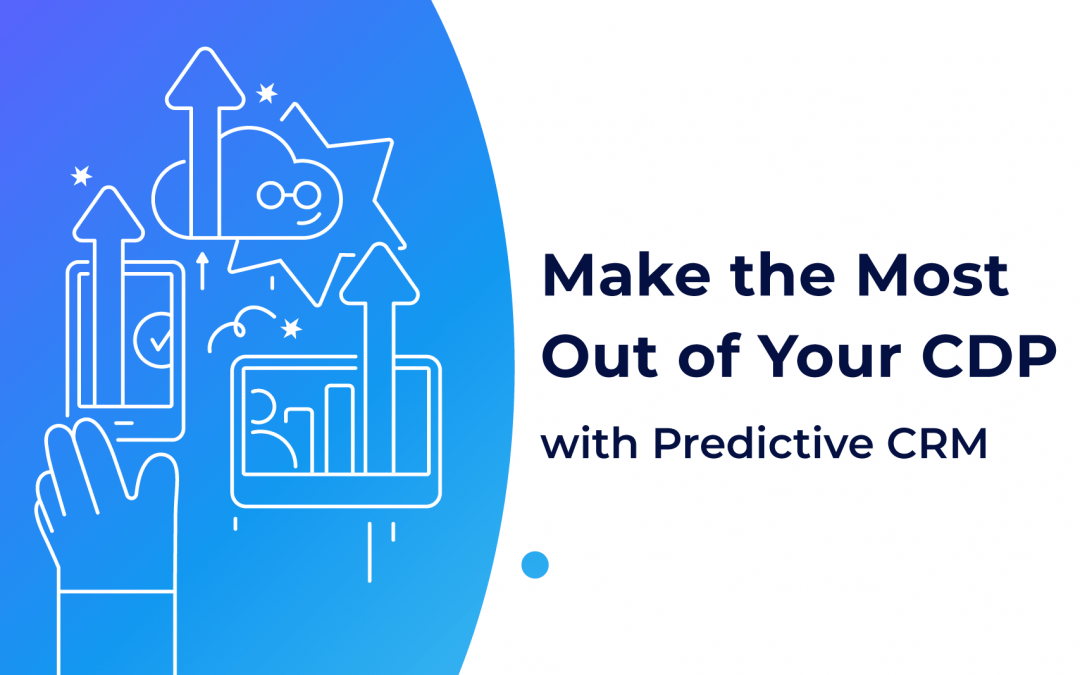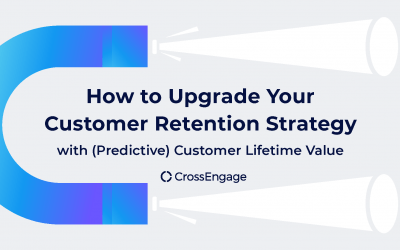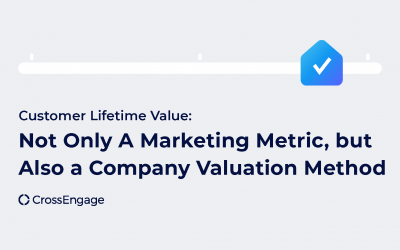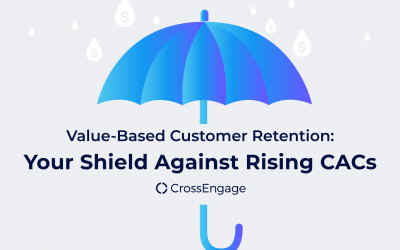Marketing is producing infinite amounts of data every day. Whether it comes from websites, social media, mobile apps, or email campaigns – marketers are collecting and managing huge amounts of data points from multiple sources. But gathering, unifying, and preparing the data is only the first step; transforming it into actionable business information is the real magic. Customer data platforms (CDPs) help companies compile, store, and analyze this customer data to generate value and target the right audience. However, many companies still struggle to understand the real power of CDPs and how to make the most of their database.
The Role of Modern Customer Data Platforms
A customer data platform is software that integrates cross-channel data points in a single database, providing marketers with a 360-degree view of their customers. The compiled data is organized into three customer data categories:
- Socio-demographic data, including age, education, or nationality
- Behavioral data, like website usage or purchase history, and
- Psychographic data which provides an indication of customers’ opinions, attitudes, and feelings.
Implementing a CDP is crucial for understating customers’ needs and tracing the entire customer journey, allowing businesses to plan and launch effective marketing activities and create coordinated and consistent communication across the board.
Meanwhile, first-party data emerges as a critical source of knowledge, and CDPs are, in fact, the standard tool that can significantly impact a company’s performance. Still, many companies only use their customer data platform as a single data source. Instead of setting up a strategic approach, implementing it consistently, and measuring its success, many organizations still run their data platforms just for the sake of it. To achieve its full potential though, companies need to make the best use of the features that modern platforms offer. Nothing less is at stake than missing out on the opportunity to build successful customer relationships that generate consistent revenue. In the end, to ensure ongoing profitability and growth, companies should implement an effective and differentiated customer strategy based on intelligent insights gained from their first-party data.
Predictive CRM is the Way Forward
Modern CDPs allow brands to deliver actual value to their customers through a unique combination of predictive CRM and Customer Lifetime Value (CLV) personalization.
The first step toward building long-term customer loyalty is with predictive CRM. It allows companies to provide a pleasant customer experience, develop a successful customer journey, and foster a robust and meaningful relationship with the brand. Predictive CRM is all about following a customer-, value-, and future-oriented approach in your CRM practices by keeping track of the unique value of each customer and by addressing them based on individual needs, the value they will bring (predictive CLV), and urgency.
Combining predictive CRM and CLV enables companies to get to know their customers, understand their needs, allocate them within the customer journey, and decide on the best way to target and retain each valuable customer. Furthermore, personalization ensures customers feel more valued, as brands take actionable steps to learn and adapt to their needs and preferences.
Focus On CLV Before Other Metrics
Modern CDPs have room for much more than just basic CRM practices. They help keep customers happy by ensuring you focus on the right audiences. With modern customer data platforms, companies and organizations can have a two-sided view of how the brand can benefit the customer and how the customer can benefit the brand. Which customer relationships are worth the most investment? Which promise the highest value in the future? These questions can be answered by predictive CRM based on CLV.
When deciding where to spend their marketing budgets, companies must first determine which customers they want to prioritize. But it’s hard to implement CRM best practices, allocate the budget efficiently, and create brand awareness among the right target audience if you have no clear overview of your different customer groups.
That’s where CLV comes in: As an essential metric of CRM, CLV answers these critical questions: Does every customer spend the same amount of money on every purchase? Does every customer make purchases regularly?
One of the most significant tools that CDPs offer is customer segmentation. To make the most out of this feature and create valuable customer segments, marketers should focus on the individual predictive CLV of each customer. As our CMO Dr. Markus Wuebben clarified in his speech, “CRM 2.0” – The Future of B2C Customer Relationship Management Is Now, CLV is “the net present value of the sum of all future revenues from a customer, less all costs associated with that customer”. Unlike the traditional concept of customer lifetime value as a way of simply measuring the past value of a customer, the new predictive CLV model allows marketers to accurately calculate the future value of a customer based on their past behaviors, making it one of the top metrics to make any number-driven decisions in CRM.
Proper customer data platforms allow companies to know their customers’ predictive lifetime value and determine which individual groups are worth investing in. By having an overview of the different customer groups, it is easier to implement CRM best practices and allocate a budget to those more beneficial for the brand.
Based on each customer’s individual predictive CLV and urgency to be addressed, companies can build and prioritize intelligent predictive audiences that can be easily activated.
Prioritize Your Efforts on Audiences that Have the Highest Impact and Urgency
Up Your CDP Game
Intelligent audience management usually builds the engine of modern CRM approaches. For example, bombarding customers with advertising doesn’t lead to more purchases. Actually, high advertising pressure often results in less revenue. Luckily, you can easily avoid it by implementing intelligent audience management, creating smart customer segments based on relevance and value, and determining the ideal number and frequency of advertising impulses to maximize conversion.
Modern CDPs offer numerous features to boost your cross-channel marketing strategy. As we explained above, these tools provide a detailed indication of the customer groups that generate a higher ROI, help build long-term customer loyalty, and offer various customer data management tools. In other words, these platforms make your marketing intelligent.
Problem-oriented CRM
When using AI in marketing, it’s critical to start by recognizing the business challenge and understanding how the CDP can help tackle it. At CrossEngage, we use no-code predictive modeling that automatically generates AI-based customer analysis based on predictive CLV.
This is how to define a use case in daily CRM business:
- Start by clarifying the problem you want to solve.
- Define the goal you would like to achieve – it can be any measurable metric you want to optimize (for example, doubling the conversion rate of your newsletter).
- Next, describe an approach that may solve the problem.
- Now it’s time to test the effectiveness of your solution: Did it solve your problem? Did you achieve your goal?
- Once you have the answers, you can decide which tools you need to implement the new approach.
Want to learn more about finding relevant use cases? Check out this webinar. Also, in our Unsubscription Prediction case study you can find a detailed overview of how our solution can help you achieve business goals.
Similar Topics:
How to Upgrade Your Customer Retention Strategy with (Predictive) Customer Lifetime Value
Acquisition costs are at an all-time high, and the current economic downturn won’t make things easier anytime soon. Read on to learn about why marketers are shifting their priority away from...
Customer Lifetime Value: Not Only A Marketing Metric, but Also a Company Valuation Method
A recent article published by Theta shows that Wayfair’s equity valuation is lower than its previous Wayfair analysis in 2018. Despite the high consumer demand generated during the pandemic, it...
Value-Based Customer Retention: Your Shield Against Rising CACs
Lack of trackable 3rd-party data from customers and rising pay-per-click and acquisition costs are some of the current struggles in the marketing space. Read on to learn how predictive marketing and...



